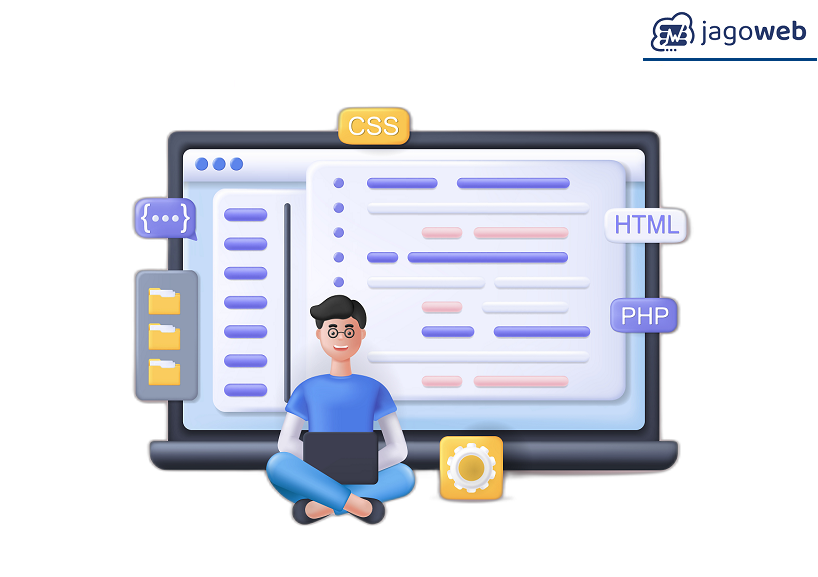Introducing Assistive Touch iPhone:
In today’s fast-paced world, smartphones have become an essential tool for communication, productivity, and entertainment. For iPhone users, one feature that stands out for its convenience and versatility is Assistive Touch. Let’s explore how this feature can enhance your iPhone experience.
What is Assistive Touch?
Assistive Touch is a built-in accessibility feature on iPhones that provides a virtual button overlay on the screen. It offers a range of functions designed to assist users who may have difficulty touching the screen or using physical buttons. With Assistive Touch, users can perform various actions with just a tap or swipe, making it easier to navigate their device.
Customizable Shortcuts:
One of the key benefits of Assistive Touch is its customizable shortcuts. Users can personalize the virtual button menu to include their most frequently used functions, such as Home, Siri, Notifications, and more. This allows for quick access to essential features without having to navigate through multiple menus or screens.
Gesture Support:
Assistive Touch also supports gestures, allowing users to perform actions like pinch, swipe, and rotate using the virtual button. This feature is particularly useful for users with limited dexterity or mobility, as it provides an alternative method for interacting with their device. With gesture support, users can navigate through apps, scroll through web pages, and zoom in on photos with ease.
Accessibility Features:
In addition to its convenience, Assistive Touch offers a range of accessibility features that cater to users with different needs. For example, users can adjust the touch sensitivity, customize the size and opacity of the virtual button, and enable VoiceOver integration for audio feedback. These features ensure that Assistive Touch is accessible to all users, regardless of their abilities.
Assistive Touch in Action:
Let’s take a closer look at some of the practical ways in which Assistive Touch can be used in everyday life. For users with mobility impairments, Assistive Touch provides a convenient way to access essential functions without having to physically press buttons or navigate through menus. Whether it’s answering calls, sending messages, or launching apps, Assistive Touch streamlines the user experience and reduces reliance on physical inputs.
Enhanced Navigation:
Assistive Touch also enhances navigation on the iPhone, allowing users to perform actions with fewer taps and swipes. For example, users can create custom gestures to quickly switch between apps, access the control center, or take screenshots. These shortcuts save time and effort, making it easier to multitask and stay productive on the go.
Multitasking Made Easy:
Another benefit of Assistive Touch is its support for multitasking. Users can use the virtual button to access the app switcher, control music playback, and adjust volume settings without interrupting their current task. This seamless integration of functions allows users to stay focused and efficient, even when juggling multiple tasks at once.
Convenience on the Go:
Whether you’re a busy professional, a student, or a casual user, Assistive Touch offers unparalleled convenience on the iPhone. With its customizable shortcuts, gesture support, and accessibility features, Assistive Touch simplifies navigation, enhances accessibility, and empowers users to make the most of their device.
In Conclusion:
In conclusion, Assistive Touch is a valuable feature that adds convenience, versatility, and accessibility to the iPhone experience. Whether you’re navigating through apps, performing gestures, or accessing essential functions, Assistive Touch streamlines the user experience and makes the iPhone more accessible to all users. With its customizable shortcuts and accessibility features, Assistive Touch is a powerful tool that enhances productivity and empowers users to do more with their device. Read more about assistive touch iphone











